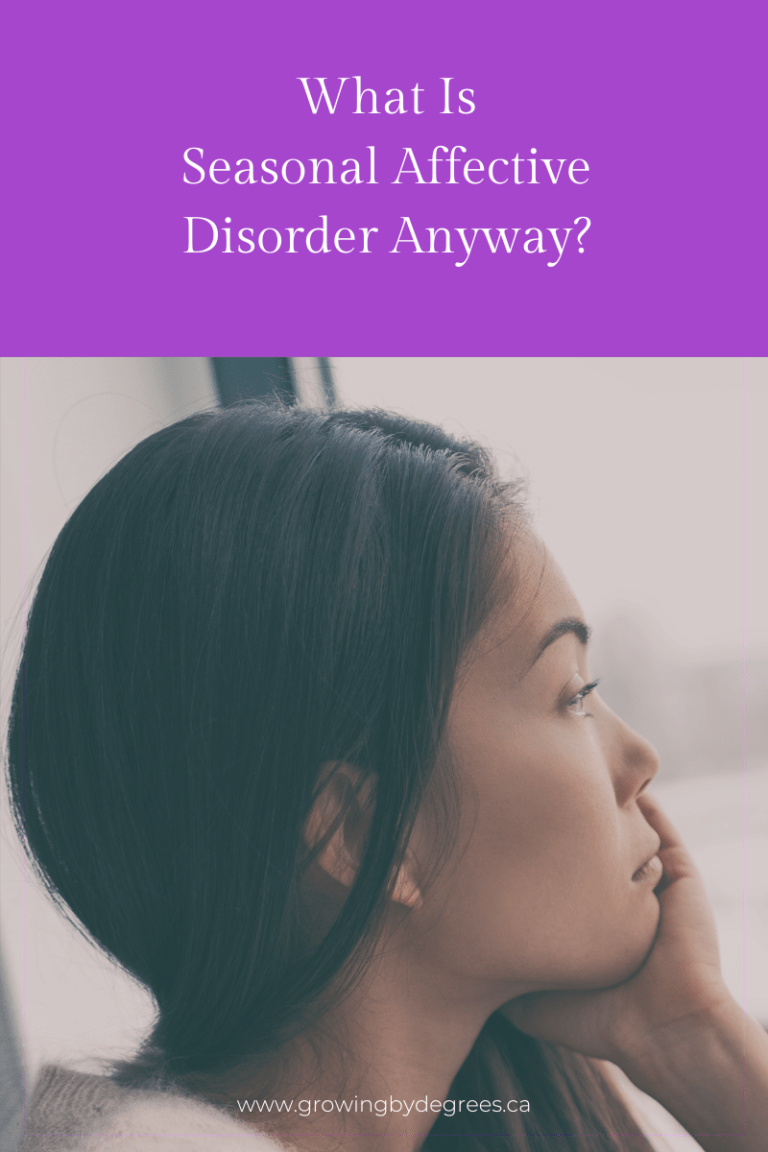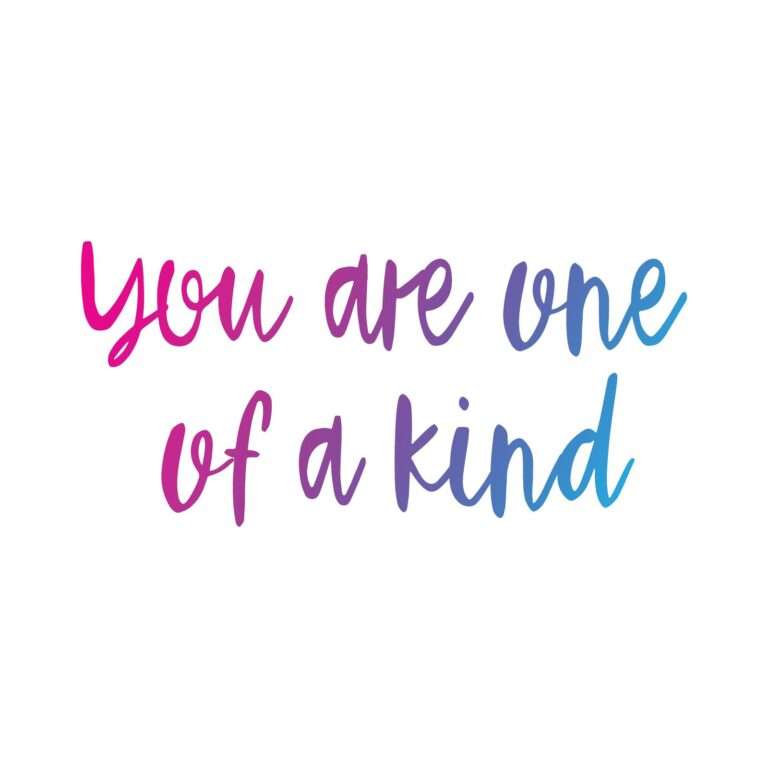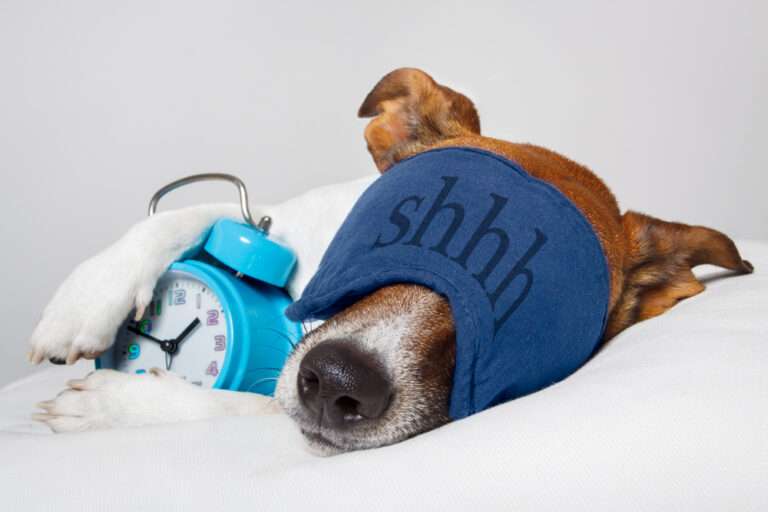Optimizing Light Therapy for SAD: A Comprehensive Guide for First-Time Readers
Light therapy is a non-invasive and effective treatment for Seasonal Affective Disorder (SAD), a type of depression that typically affects people during the winter months when there is less natural sunlight. This therapy involves sitting in front of a lamp often referred to as a lightbox that emits bright light that mimics natural outdoor light. It is a simple and safe way to improve mood and energy levels and has been shown to be effective in up to 80% of cases.
If you’re just starting light therapy, you may be buzzing with questions about how it works and how to maximize its benefits. In this article, I will provide an overview of SAD, how light therapy works, and some tips for optimizing its effectiveness. I will also answer some frequently asked questions and provide some practical advice for getting the most out of this treatment.
Understanding Seasonal Affective Disorder

As someone who is learning about light therapy for the first time, it’s important to understand what Seasonal Affective Disorder (SAD) is and how it affects people. SAD is a type of mood disorder that typically occurs during the autumn and winter months when there is less natural sunlight. People with SAD experience symptoms of major depressive disorder, such as low mood, loss of interest in activities, feelings of worthlessness, and changes in appetite and sleep patterns. These symptoms can significantly impact a person’s quality of life and ability to function.
SAD is not the same as the “winter blues” that many people experience during the colder months. While both conditions share some symptoms, SAD is a more severe form of seasonal depression that requires medical attention. It’s important to talk to a doctor if you suspect you may have SAD or any other type of depression.
There are a few different theories about what causes SAD, but most experts believe that it is related to a lack of sunlight. Sunlight helps regulate our body’s internal clock, or circadian rhythm, which affects our sleep-wake cycle, hormone production, and mood. When there is less sunlight, our bodies may produce more melatonin, a hormone that helps us sleep, and less serotonin, a neurotransmitter that affects mood.
In addition to light therapy, there are other treatments available for SAD, such as antidepressant medications and psychotherapy, including cognitive-behavioral therapy. It’s important to work with a doctor or mental health professional to determine the best treatment plan for your specific needs.
It’s worth noting that SAD is not the same as non-seasonal depression, bipolar disorder, or other mood disorders. While there may be some similarities in symptoms, SAD occurs in a seasonal pattern and is typically only diagnosed after recurrent major depressive episodes during specific seasons.
In conclusion, understanding SAD is an important first step in using your lightbox effectively. By working with a doctor or mental health professional, you can create a treatment plan that is tailored to your specific needs and helps you manage your symptoms effectively.
Light Therapy for SAD
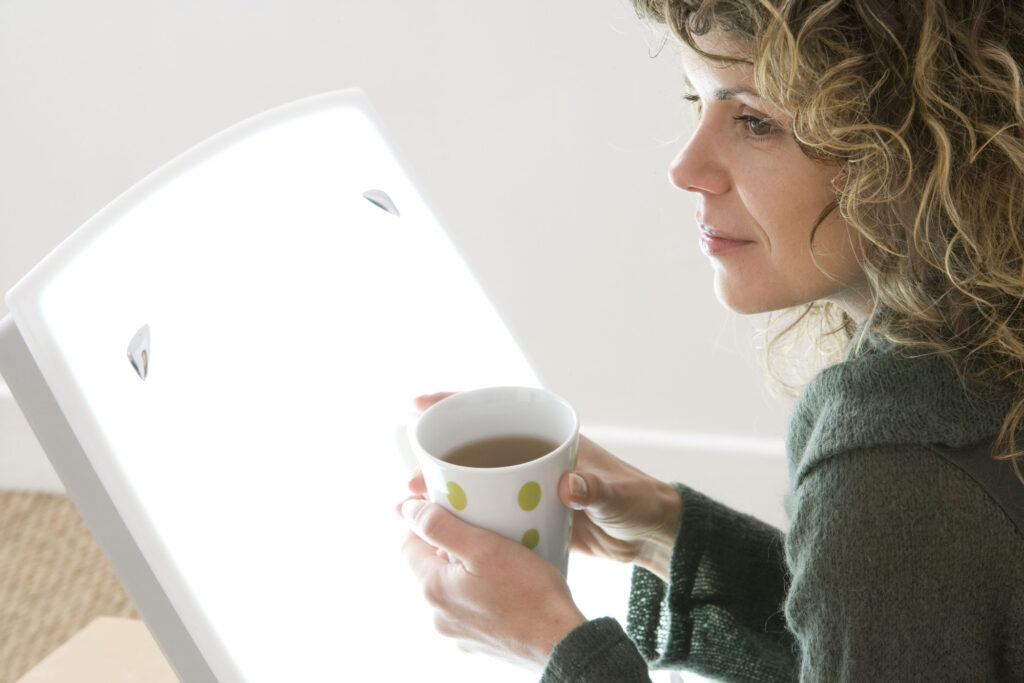
As someone who is new to light therapy for Seasonal Affective Disorder (SAD), you may have questions about the principles, effectiveness, and proper usage of this treatment. I’m going to cover these topics to help you understand how light therapy can be an effective treatment for SAD.
Principles of Light Therapy
Light therapy works by exposing the user to bright light, usually between 2,500 and 10,000 lux, for a certain amount of time each day. The light is typically white, but some devices use blue light or full-spectrum light. The light box should emit minimal harmful ultraviolet rays to avoid causing macular degeneration.
The Science Behind Light Therapy.
The science behind light therapy is based on the idea that bright light exposure can help regulate the body’s circadian rhythms, which are responsible for regulating our sleep and wake cycles.
One of the ways that light therapy works is by suppressing the production of melatonin, a hormone that is responsible for regulating sleep. Melatonin is produced in the brain in response to darkness, so exposure to bright light in the morning can help suppress its production and reset the body’s circadian rhythms.
Another way that these lights work is by causing a chemical change in the brain. Exposure to bright light has been shown to increase the levels of neurotransmitters like serotonin and dopamine, which are responsible for regulating mood and energy levels. This can help alleviate the symptoms of SAD, which include low mood, fatigue, and decreased energy levels.
Effectiveness of Light Therapy
The timing of your light therapy is also important. Exposure to bright light in the morning has been shown to be more effective than exposure in the evening, as it helps reset the body’s circadian rhythms and makes it easier to get going on your day.
Light-based therapy has been shown to be an successful treatment in multiple studies. A meta-analysis of 20 randomized controlled trials found that light therapy was more effective than placebo or other therapies. It is important to note that this is not a cure for SAD, but it can be an effective treatment option.
Choosing the Right Light Therapy Device
When it comes to choosing the right device to use, there are several factors to consider.
Types of Light Therapy
There are several types of light-based treatments that can be used to treat Seasonal Affective Disorder (SAD). Bright or white light therapy is the most commonly used for SAD. It involves exposure to a bright light source, usually a light box, for a certain amount of time each day. The light box emits a light that is similar in brightness to natural sunlight.
Dawn simulation is another popular type of light therapy that can be used to treat SAD. It involves the use of a light that gradually intensifies simulating a sunrise. This type of light is often used for people who have trouble waking up in the morning. The light is usually placed near the person’s bed and is set to turn on gradually, mimicking the natural light of a sunrise. These lights often also have a sunset feature to help you fall asleep naturally. Sometimes I use the dawn simulator to wake me up, and my bright light in the late morning or early afternoon as I am beginning to crash.
Wearable devices are becoming more popular as you can wear them while walking around so they are more portable, and they often have a timer to automatically switch off after the optimum amount of light is received.
Evening light is a newer type of treatment that involves exposure to light in the evening. This therapy is based on the theory that exposure to light in the evening can help regulate the body’s circadian rhythms, which can become disrupted in people with SAD. The light used for evening light therapy is usually dimmer than that used for bright light therapy.
Red light therapy is also being studied which uses red light to treat SAD. This therapy is based on the theory that exposure to red light can help regulate the body’s circadian rhythms. The light used for this is usually dimmer than that used for bright light therapy. The theory is that it increases blood flow which of course means more oxygenated blood circulating the body.
The Style
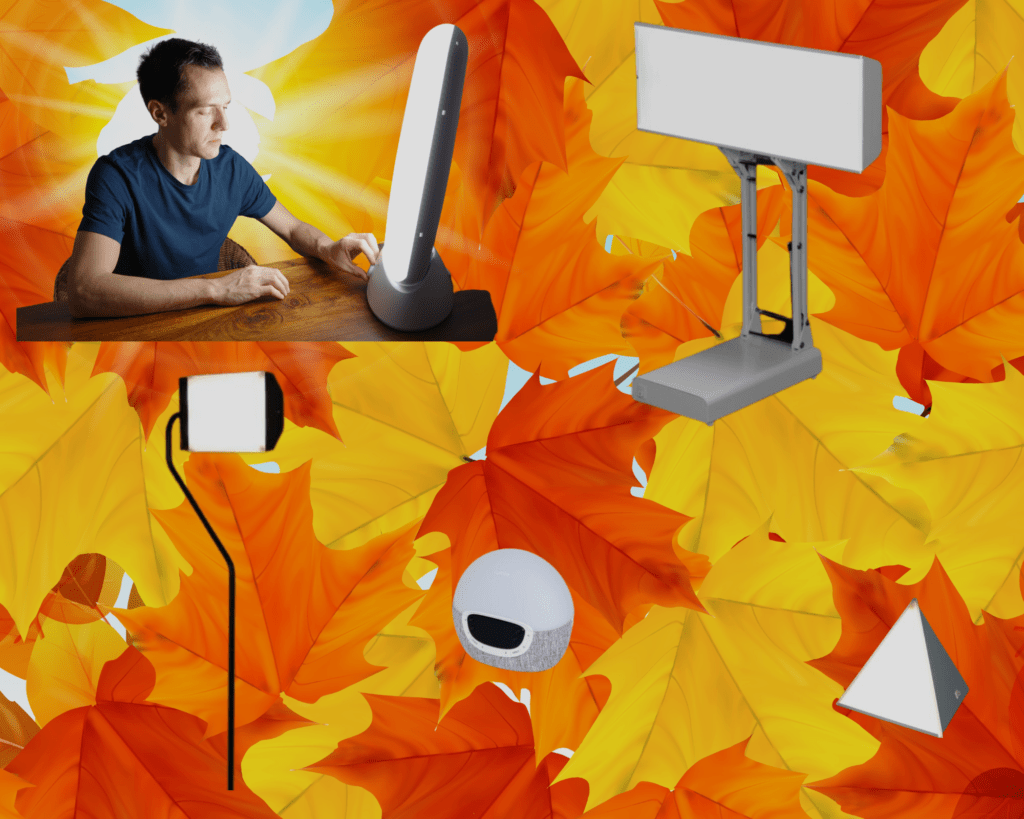
Some light boxes are designed to be placed on a table or desk, while others are designed to be mounted on a wall. However there are also portable or wearable devices, as well as desk and standing lamp styles.
The Cost
Light therapy lamps can range in price from under $50 to over $500, depending on the size and features of the device. Portable devices are generally less expensive than light boxes, but they can still cost several hundred dollars.
The Manufacturer
It is important to choose a reputable manufacturer that has a good track record of producing high-quality devices.
Some well-known manufacturers of light therapy devices include Verilux, Northern Light Technologies, and Carex.
Your Lifestyle
Finally, when choosing a light therapy box, it is important to consider the specific needs of the individual. Think about your lifestyle. For example, if you travel frequently you may prefer a portable light that is easy to transport. If you have limited space to set up up, you may want to choose a light box that can be mounted on a wall to save space or a desk lamp type of light. Do you want a light with a lower intensity that you can use for longer, or one with a higher intensity for 30 minutes a day. My first light box was a huge thing that took up half my dining table due to it’s cross-shaped design.
Proper Usage and Precautions
When using light therapy for SAD, it is important to follow proper usage and precautions to ensure the treatment is safe and effective. Here are some guidelines to follow:
- Use a commercially available light box that emits at least 10,000 lux of light
- Use the light box for 20-30 minutes per day, preferably in the morning
- Sit about 16-24 inches away from the light box
- Do not look directly at the light box, as it can cause eye strain and headaches
- Consider using a dawn simulator to help your body adjust to the light
- Be aware of possible side effects, such as nausea, itch, and headaches
Limitations of lightbox therapy
However there are some for whom lightboxes may be contraindicated so it is important that you do discuss with your medical provider if you have retinal eye conditions, or are on photosensitizing medications. If you have pale coloured eyes this can also create some side effects. This does not mean that you cannot use the benefits of a lightbox but you may want to consider a different form and start off using your lightbox for less time or sit further away.
Side effects
As mentioned above when first starting using your lightbox you may have some side effects. Usually these are caused by overuse and/or sitting too closely. Gradually building up your time, and sitting further away can usually remedy these. The most commonly reported side effects are:
- Headache
- Eyestrain
- Nausea
- Hypomania
- Difficulty sleeping.
However, if you experience any persistent or severe side effects,it is of course important to talk to your healthcare provider.
In conclusion, light therapy can be an useful treatment when used properly and with the guidance of a healthcare professional. By understanding the principles, effectiveness, and proper usage of light therapy, you can make an informed decision about whether this treatment is right for you.

Key Takeaways
- Seasonal Affective Disorder (SAD) is a type of depression that affects people during the winter months.
- Light therapy is a non-invasive and effective treatment for SAD that involves sitting in front of a special lamp that emits bright light.
- To optimize the effectiveness of the therapy, it is important to use it at the right time of day, for the right duration, and at the right intensity.

